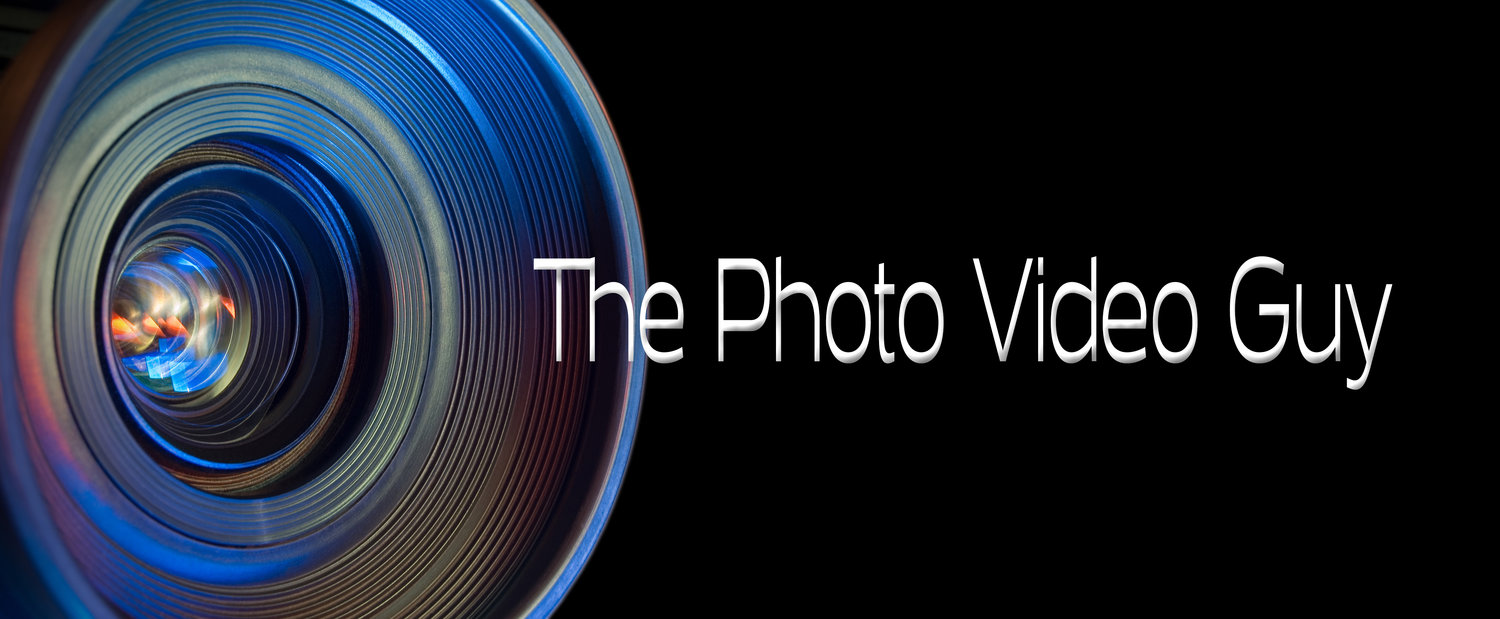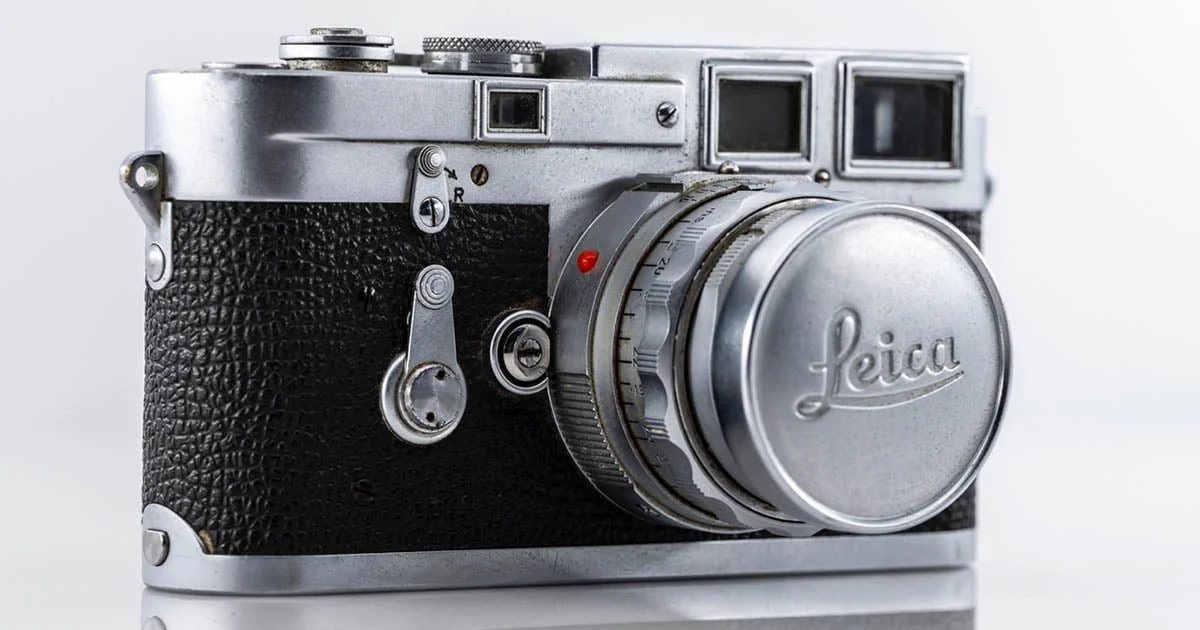Is it the camera or the lens?
/no automation at all. magnificent!
My bro Sam and I talk about the craft and the motivation to make images a lot. In our recent time together, he said something that has been percolating in my memory for a bit and I thought it would be an interesting article.
Photographers talk about cameras. A lot. Some think that the camera makes the image. I’m sad for those folks, because the camera only stores the image that the mind makes. Sure there has been an ongoing evolution of image storage over the last 150 years, but really that is what the camera’s primary job is.
All the doodads, geegaws and automation are tools, whose purpose it to make the storage of the image easier for the user, and while some (me) find a lot of the automation and AI nonsense is an impasse not a boon to the storage of the image because of excessive irreversible processing, in the long run, that only matters at the individual level. Or doesn’t matter at all.
What I find most photographers forget to talk about is the lens that gets the image into the camera. I know folks who sweat the glass and folks who like to use now very old lenses with their modern cameras to obtain a specific look. It’s not the look of the old camera, it’s the look of the older glass.
For me, I like simple. Zooms are a huge boon to most everyone and I certainly own and use them, but for maximum creative control, I prefer the natural constraints of a prime or as I knew them fixed focal length lens. Zooms alter the angle of view depending on focus distance. It’s a fact, that most folks are unaware of. A 200mm FFL is always the same angle of view regardless of distance between lens and subject. Does anyone really care? Only the individual knows for sure. What I do know that is true for me is that I want to be in as much control of image creation as possible with as little automation as possible. Your mileage likely varies.
Lenses today, as a generality, are optically as good as anything that came before, and even cheap offshore lenses are now surprisingly sharp with decent contrast and solid coatings.
However, I can take a 1959 Minolta 35mm f/2 Auto Rokker X lens and compare the unaltered image with a 2000s Canon 35mm f/1.4L lens and the image will look subtly different. And the Zeiss 35mm f/1.4 lens on my Leica has a different look again. This difference comes from lens design, glass used, type of multicoating, and overall construction. I will say that the old Minolta lens and the much newer Zeiss lens have far more robust construction than the Canon lens. That so far has not had any impact on image quality, but the feel of the precision of the build has a psychological impact.
Do you need to source and use only older lenses? Of course not. Even if we focus solely on the craft of making images and ignore taking pictures completely, your intent and attention contribute the most, prior to any automation, stacking, homogenizing or other “fixes” that you have no control over. However, it’s all in the lens. For everything the camera does, the image is created in the mind and transmitted to the storage box by the lens. Thus do I conclude that the lens is more important than the camera?
All other considerations being equal, the lens is more important every time.
Please become a member on Patreon to help support this channel. A big thanks to all the existing Patreon members! Send in comments or questions, I read and respond to all. If you shop with B&H Photo Video, please use the link on the main page as it pays me a small commission and does not cost you anything to do so. Thanks again and we will see each other again soon.









